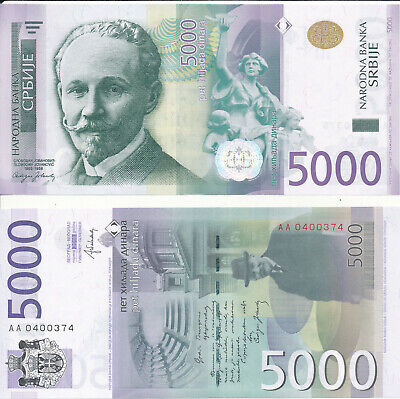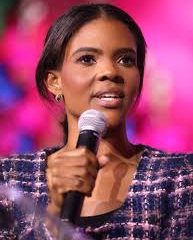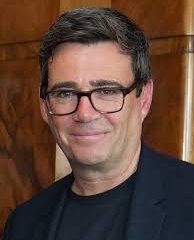Understanding Serbia: Political and Economic Developments in 2023

Introduction
Serbia, a landlocked country in Southeast Europe, is experiencing significant political and economic transformations. With a rich cultural heritage and complex history, it is becoming increasingly relevant in European and global discussions. The trajectory of Serbia in 2023 not only reflects its aspirations for EU membership but also its efforts to enhance economic stability and international relations.
Current Political Landscape
In recent months, Serbia has witnessed shifts in its political climate as the government, led by President Aleksandar Vučić, grapples with internal and external pressures. The ongoing dialogue with Kosovo has been pivotal, with the EU facilitating discussions aimed at normalising relations. This year, negotiations have intensified, reflecting Serbia’s desire for EU accession, which is contingent upon resolving tensions in the region. Demonstrations in Belgrade over environmental concerns have also shaped the political discourse, indicating a populace increasingly engaged in governance and policy.
Economy in Transition
Serbia’s economy is undergoing significant reform aimed at aligning with EU standards. According to the National Bank of Serbia, the country’s GDP is projected to grow by 3.5% in 2023, supported by increased foreign investments and domestic consumption. Moreover, the government is focusing on diversifying energy sources and improving infrastructure, which is crucial for long-term growth. These economic reforms have the potential to create job opportunities and enhance the standard of living for many Serbians.
Cultural Renaissance
Serbia is experiencing a cultural renaissance as it seeks to assert its identity on the European stage. The city of Novi Sad has gained international attention as the European Capital of Culture for 2022, fostering greater appreciation for Serbian arts and traditions. Additionally, popular festivals such as EXIT and the Guca Trumpet Festival attract global audiences, showcasing Serbia’s vibrant culture and hospitality.
Conclusion
As Serbia navigates its complex political landscape and economic reforms in 2023, the nation’s future hangs in a balance that could sway towards greater European integration. While challenges remain—especially concerning Kosovo’s status and public sentiment towards environmental issues—the path forward appears focused on modernisation and cultural pride. For those watching Serbia, this period is critical in understanding how it positions itself both regionally and globally, making it a nation to watch as it works towards its European ambitions.









